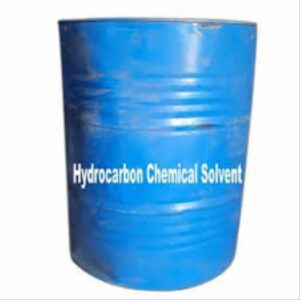Liquid Hydrocarbon Product Description
Liquid hydrocarbons are organic compounds primarily composed of hydrogen and carbon atoms. They exist in various forms, including alkanes, alkenes, and aromatics, and are derived from natural sources such as crude oil and natural gas. These compounds are crucial in the energy sector and serve as the foundation for numerous industrial applications. Liquid hydrocarbons are typically characterized by their volatility, flammability, and ability to dissolve in organic solvents, making them versatile for various uses.
Uses of Liquid Hydrocarbons
Liquid hydrocarbons have a wide range of applications across different industries:
- Fuel Production: Used as gasoline, diesel, and jet fuel for transportation.
- Chemical Feedstock: Serve as raw materials for producing chemicals, plastics, and synthetic fibers.
- Solvents: Employed in paints, coatings, and cleaning products due to their ability to dissolve other substances.
- Lubricants: Used in machinery and engines to reduce friction and wear.
- Asphalt Production: Essential in road construction and maintenance.
- Energy Generation: Burned in power plants to generate electricity.
Technical Data
Here is a table summarizing the technical data of liquid hydrocarbons:
| Property | Description |
|---|---|
| Chemical Formula | Varies (e.g., CnH2n+2 for alkanes) |
| Molecular Weight | Ranges from 16 g/mol (C1) to >1000 g/mol (complex mixtures) |
| Boiling Point | Varies widely (e.g., 25°C to >300°C) |
| Density | Typically 0.6 to 0.9 g/cm³ |
| Viscosity | Ranges from 0.5 to 100 cP |
| Flash Point | Varies (e.g., 20°C to 100°C) |
| Solubility | Insoluble in water; soluble in organic solvents |
| Reactivity | Generally stable; can react with strong oxidizers |
| Environmental Impact | Can contribute to air and water pollution if not managed properly |
Conclusion
Liquid hydrocarbons are essential components of modern industry and energy production. Their diverse applications and properties make them invaluable, but they also pose environmental challenges that require careful management and innovation in sustainable practices. Understanding their characteristics and uses is crucial for industries that rely on these compounds.

